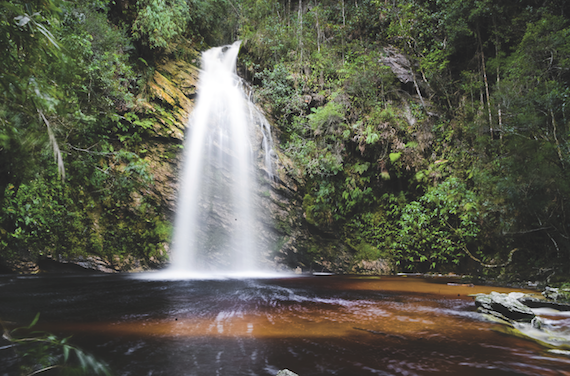Cachaça, like Brazil, is changing. In the longer term, the much-trumpeted hosting of the football World Cup and Olympic Games in the space of two years may end up as a footnote in the history of a spirits category which is at the same time both huge and ripe with unfulfilled potential. As I say, like Brazil.
For those who have only a passing acquaintance with cachaça, it can be hard to get a fix on the category’s true identity. International audiences are realistically only interested in the tiny fraction of cachaça production that has any pretensions to branded and therefore exportable status.
This is a category that, for all its recent domestic declines, still sells nearly 80 million cases of product a year. But roughly 99% of those volumes are sold in Brazil and, of that figure, almost the same proportion is low-priced generic spirit. Strip out the domestic filler and cachaça as a branded and international spirits category remains tiny.
Tiny, but still a lure both to individual entrepreneurs and global spirits powerhouses. True, the likes of Diageo (Ypióca) and Gruppo Campari (Sagatiba) were more interested in the distribution clout and domestic presence of their acquisitions, but Diageo at least has signalled its longer-term intent to build export volumes.
Trends in Brazil may give a boost to this strategy. Broadly speaking – and Brazil’s current economic travails may interrupt this trajectory – commodity cachaças are on the wane and premium brands, Ypióca included, are on the upswing. As this forces major players to refine both liquid and packaging, they may also end up with products that are more palatable, in every sense, to an international audience.
“Premium segments are a growing trend in Brazil,” says Marina Santos, marketing director for Campari do Brasil, owner of Sagatiba.
To chase this trend, Sagatiba has supplemented its core Pura unaged cachaça with Velha – an alambique or pot still product with at least two years in oak. And, at the top of the range, it has Sagatiba Preciosa, a limited edition of 3,000 bottles taken from a batch distilled in 1982 and aged for 23 years in European oak. Its three-figure price tag may be ambitious, but it’s also a clear vote of confidence in the future of the higher end of the category.
“With decades of increased disposable income, Brazilian consumers are definitely enjoying ‘better’, whether it’s better coffee, better beer, better wine or even better water,” says Steve Luttmann, founder and chief executive of Leblon.
“With the cost of imported products being so high, and a greater emphasis on environmental costs, there has been a groundswell of interest in higher-quality Brazilian products. This is happening in many categories, and it is happening clearly in cachaça.”
Leblon – in which Bacardi has had a stake since 2007 – is based in the cachaça hotbed of Minas Gerais, where countless small distillers ply their trade – a potential treasure trove of quality spirit, but with a highly fragmented production base. Luttmann notes that, while overall cachaça volumes have continued to decline in Brazil, the premium segment has been consistently growing at double digits, thanks in part to increased interest in “artisanal alambique” cachaças.




